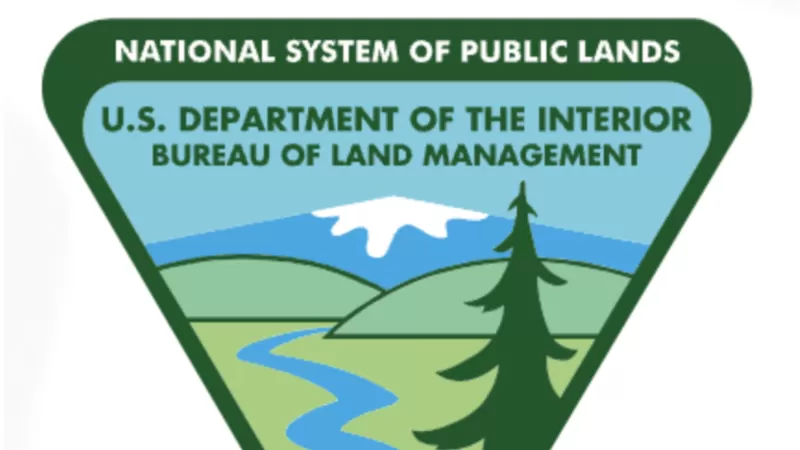Albuquerque, New Mexico – A $10 billion transmission line project that aims to carry wind-generated electricity from central New Mexico to California is facing a major roadblock as a federal judge is being asked to issue a stop-work order. The project, which has been touted as the biggest U.S. electricity infrastructure undertaking since the Hoover Dam, has been met with strong opposition from Native American tribes and environmental groups.
A 32-page lawsuit was filed on January 17 in U.S. District Court in Tucson, Arizona, accusing the U.S. Interior Department and Bureau of Land Management of ignoring “overwhelming evidence of the cultural significance” of the remote San Pedro Valley to Native American tribes, including the Tohono O’odham, Hopi, Zuni and San Carlos Apache Tribe. The valley, which is located east of Tucson and north of Interstate 10, is considered to be one of the most pristine and culturally significant landscapes in southern Arizona.
The lawsuit was filed shortly after Pattern Energy, the company behind the project, received approval to transmit electricity from its SunZia wind farm through the San Pedro Valley. The plaintiffs in the lawsuit, which include the Tohono O’odham Nation, the San Carlos Apache Tribe, and the nonprofit organizations Center for Biological Diversity and Archaeology Southwest, are asking the court to issue restraining orders or permanent injunctions to halt construction.
According to the lawsuit, the San Pedro Valley will be “irreparably harmed” if construction continues. The valley is home to the last free-flowing river in Arizona and is considered to be the embodiment of a “unique and timely story of social and ecological sustainability across more than 12,000 years of cultural and environmental change,” as stated by Archaeology Southwest.
While government representatives declined to comment on the pending litigation, they are expected to respond in court. The project, which has been called an important part of President Joe Biden’s goal for a carbon pollution-free power sector by 2035, has been met with resistance since its inception. However, Pattern Energy officials maintain that the route was approved in 2015 after a thorough review process and it is now too late to reconsider.
“It is unfortunate and regrettable that after a lengthy consultation process, where certain parties did not participate repeatedly since 2009, this is the path chosen at this late stage,” said Pattern Energy spokesperson Matt Dallas in an email.
The tribes and environmental groups involved in the lawsuit argue that the San Pedro Valley holds immense cultural and historical significance and should be protected from development. The valley represents 80 kilometers of the planned 885-kilometer conduit that is expected to carry electricity from wind farms in central New Mexico to existing transmission lines in Arizona, ultimately serving populated areas in California. The project has faced multiple challenges and modifications, including concerns raised by the U.S. Defense Department about the effects of high-voltage lines on radar systems and military training operations.
Work on the project started in September in New Mexico after years of negotiations and approval from the Bureau of Land Management. However, work was halted briefly in November following pleas from tribes to review environmental approvals for the San Pedro Valley. The work resumed weeks later, much to the disappointment of Tohono O’odham Chairman Verlon M. Jose, who described it as “a punch to the gut.”
Despite the claims made by the project officials that they conducted surveys and worked with tribes to identify cultural resources in the area, tribal officials and environmentalists argue that the region is relatively untouched and should be preserved. A photo included in the court filing shows an aerial view of ridgetop access roads and tower sites being built near the San Pedro River, highlighting the impact of the project on the pristine landscape.
The transmission line project is also facing legal challenges in the Arizona Court of Appeals. The court is being asked to consider whether state regulatory officials properly assessed the benefits and consequences of the project. With the project expected to begin commercial service in 2026, carrying electricity to 3 million people, it is crucial that all parties involved work together to find a solution that considers the cultural and environmental significance of the San Pedro Valley.
In conclusion, the San Pedro Valley holds immense cultural and historical significance to the Native American tribes and environmental groups, and it is essential that their voices are heard. The aim of the project to provide clean energy is commendable, but it should not come at the cost of destroying a culturally and environmentally important landscape. We hope that the government


